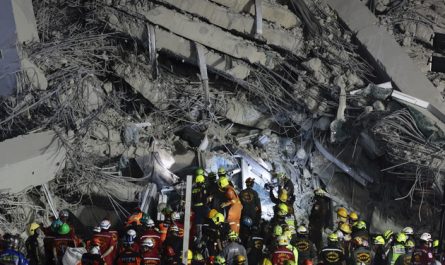An enormous, 1,000-year-old temple in Mexico is sitting precariously over a deep sinkhole and experts worry that the entire pyramid may eventually collapse.
The famous El Castillo (the Castle) is a Mesoamerican step-pyramid. It is a 30-meter (98 foot) high temple to a Maya deity, the feathered-serpent Kukulkan, in the ancient city of Chichen Itza in Mexico.
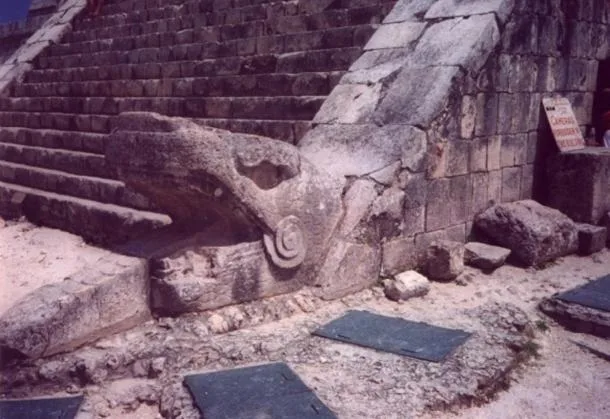
Experts from Mexico’s National Autonomous University have reportedly discovered what is described as a sacred, subterranean river and cenote (or water-filled, sinkhole lake) under the iconic temple, using a technique known as an electrical resistance survey.
Subterranean Dangers
According to GlobalNews, the sinkhole and rushing underground river are beneath El Castillo, measuring approximately 25 meters (82 feet) by 35 meters (114 feet,) and are found only 20 meters (65 feet) beneath the pyramid. Such subterranean rivers connect many cenotes across Mexico’s Yucatan peninsula.
One corner of the El Castillo rests on this underground chamber. A layer of limestone about 5 meters (16 feet) thick naturally covers the cenote, and supports the pyramid. However, researchers say the running water and high-humidity conditions could eventually degrade the foundations and lead to a catastrophic failure.
Geologist Dr. Rene Chaves Segura said, “Such structures change over time, because the water washed off the walls and the cavity may be increasing.
‘At some point, if the thickness of the rock below the pyramid is thinned, there could be a problem of stability and El Castilla will collapse.’
Chaves Segura notes this may not happen in the coming decades, nor even for many generations, but it is an eventual risk.
In their examinations of the site, researchers inserted metal probes into the ground to read the resistance of electrical flow through the ground. They can identify differences between water, rock, and air-filled caverns based on the resistance changes, reports MailOnline.
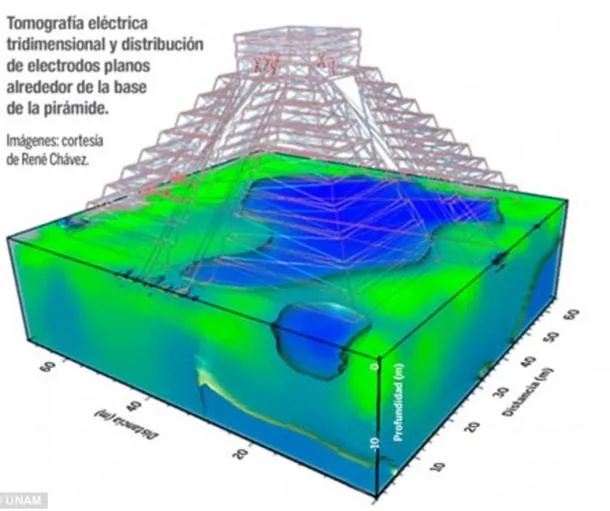
Researchers add that the El Castillo cenote may be connected to other underground chambers to the north, west, and east of the temple via a series of tunnels and rivers.
These cenotes were used by ancient peoples as water supplies, and the name Chichen Itza also means “at the mouth of the well of the Itza”, the Mayans who rules the area in ancient times.
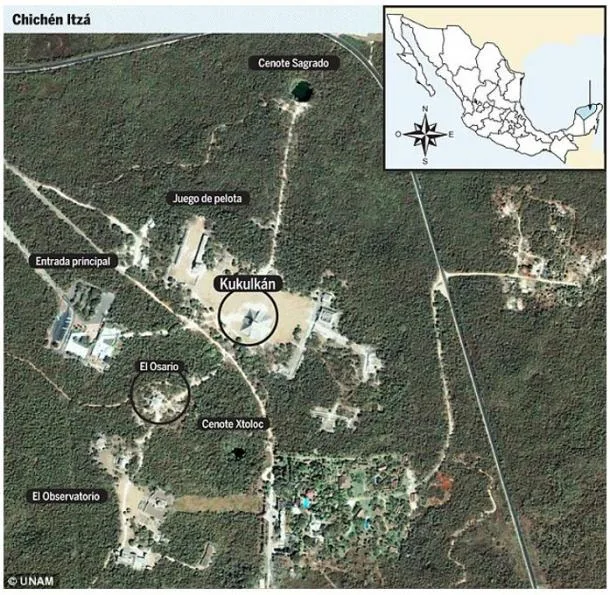
Sacred Chambers and Religious Significance
The temple was chosen to be placed on this site around 1,000 years ago over this source of water probably due to its spiritual significance.
Denisse Argote of Mexico’s National Anthropology and History Institute said at a press conference: “We know that in caustic areas, its surroundings have subterranean waters. So, taking into account the concept of the maternal womb, the origins of life and water which is the original of life, we have a double meaning which is very significant. Therefore, taking all these concepts into account we link it with a step to the sky in magical and religious thinking,” reports EuroNews.
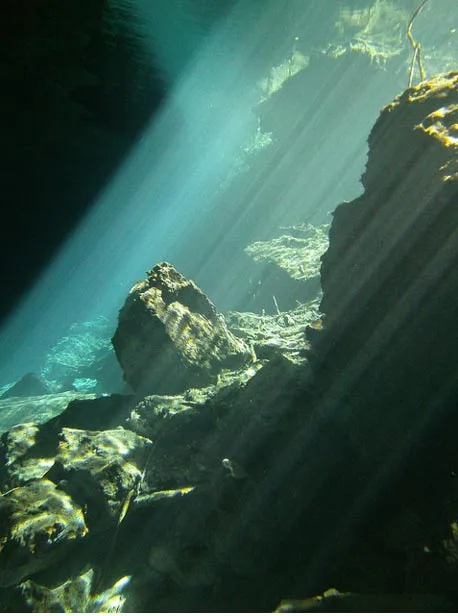
Feathered Serpent Kukulkan

During spring and fall equinoxes an illusion of a giant serpent descending the pyramid is caused by the shadows cast by the angle of the sun on the edges of the nine steps. Kukulkan’s snake head rests at the bottom, completing the overall effect of a giant snake god who has come to life.
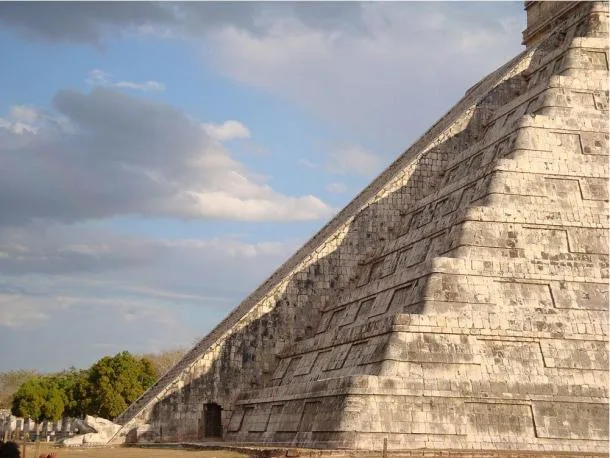
The pyramid is currently one of the most recognized and visited pre-Columbian structures in Mexico, with thousands visiting the site annually.
It is hoped for now that the conditions under the pyramid will hold up, and degradation of the limestone holds off for as long as possible, so as to maintain the magnificent and important ancient site.
Researchers are set to present their findings at an international geophysics conference next month in Italy.





